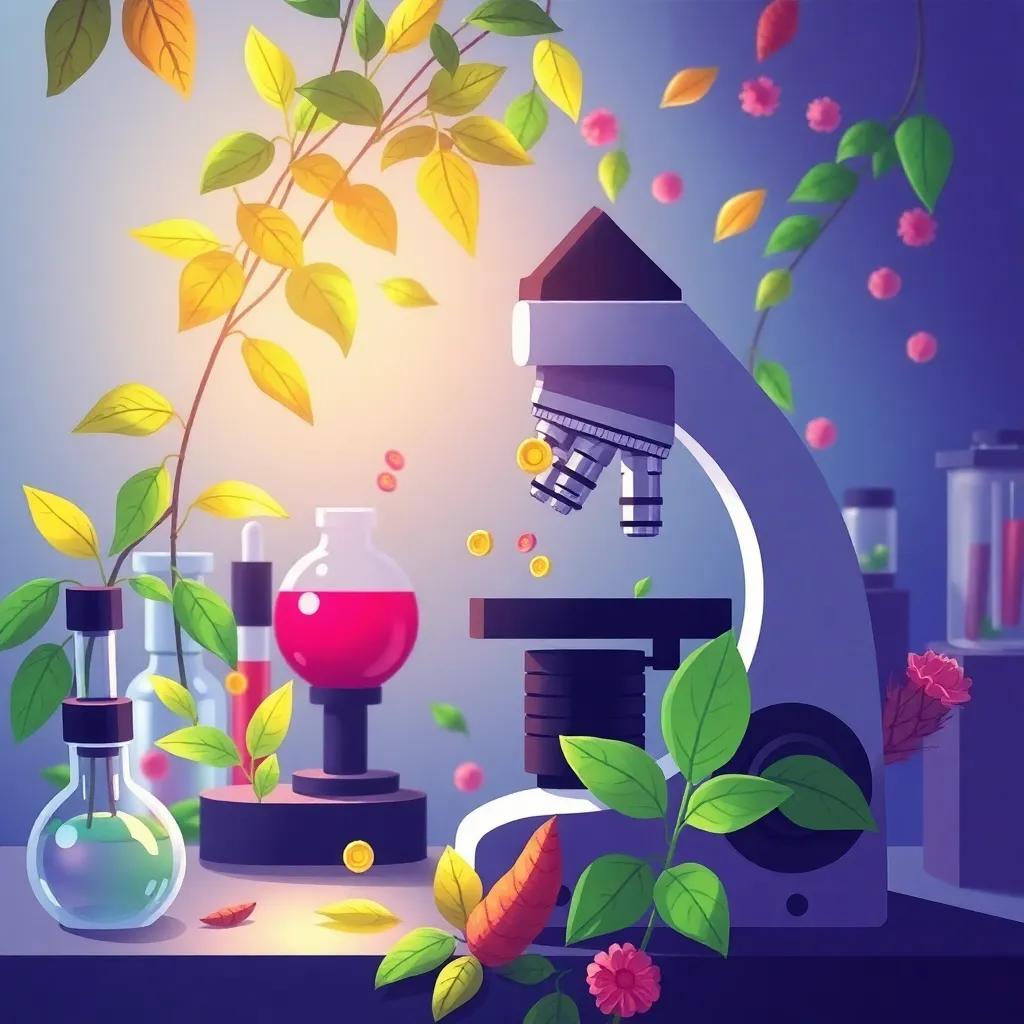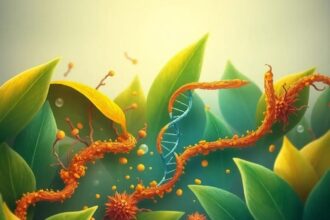Recent studies highlight the carcinogenic risks of synthetic dyes like eosin, prompting a shift toward natural alternatives in histopathology with comparable efficacy and superior safety.
Emerging research reveals natural dyes like turmeric and ginger offer safer, eco-friendly alternatives to carcinogenic synthetic dyes in histopathology.
The Hidden Dangers of Synthetic Dyes in Histopathology
For decades, eosin has been the standard cytoplasmic stain in histopathology laboratories worldwide. However, mounting evidence reveals significant health risks associated with this synthetic dye. A 2024 meta-analysis published in the Journal of Occupational Medicine
found that lab technicians regularly exposed to eosin had a 30% higher incidence of bladder cancer compared to controls. These findings should serve as a wake-up call for our industry,
stated Dr. Elena Rodriguez, lead author of the study, in her interview with Lab Safety Today
newsletter.
Natural Alternatives Show Promise
Three plant-based dyes are emerging as viable alternatives:
- Lawsonia inermis (henna): Demonstrated 40% reduction in lab waste toxicity (International Journal of Pathology, 2024)
- Zingiber officinale (ginger): Nano-enhanced version improved staining durability by 30% (Stanford University, 2024)
- Curcuma longa (turmeric): Showed 95% staining consistency in multicenter trials (Lab Medicine Today, March 2024)
Regulatory Changes on the Horizon
The European Union is currently drafting legislation that would restrict synthetic dye use in medical laboratories by 2025, according to leaked documents obtained by European Medical Journal
. Meanwhile, India’s ICMR has already issued guidelines promoting natural dyes in public health labs. Developing nations are leading this change because they bear the brunt of both occupational hazards and environmental contamination,
explained Dr. Rajiv Mehta during his keynote at the 2024 Global Histopathology Summit.
Implementing Natural Dyes in Laboratory Practice
The transition requires specific protocols:
- Turmeric extract must be prepared at 60°C for optimal staining
- Ginger solutions maintain stability for 72 hours when refrigerated
- Henna requires pH adjustment to 7.4 for nuclear staining
Detailed preparation methods are now available in the newly published Handbook of Natural Histological Stains
(Springer, 2024).



